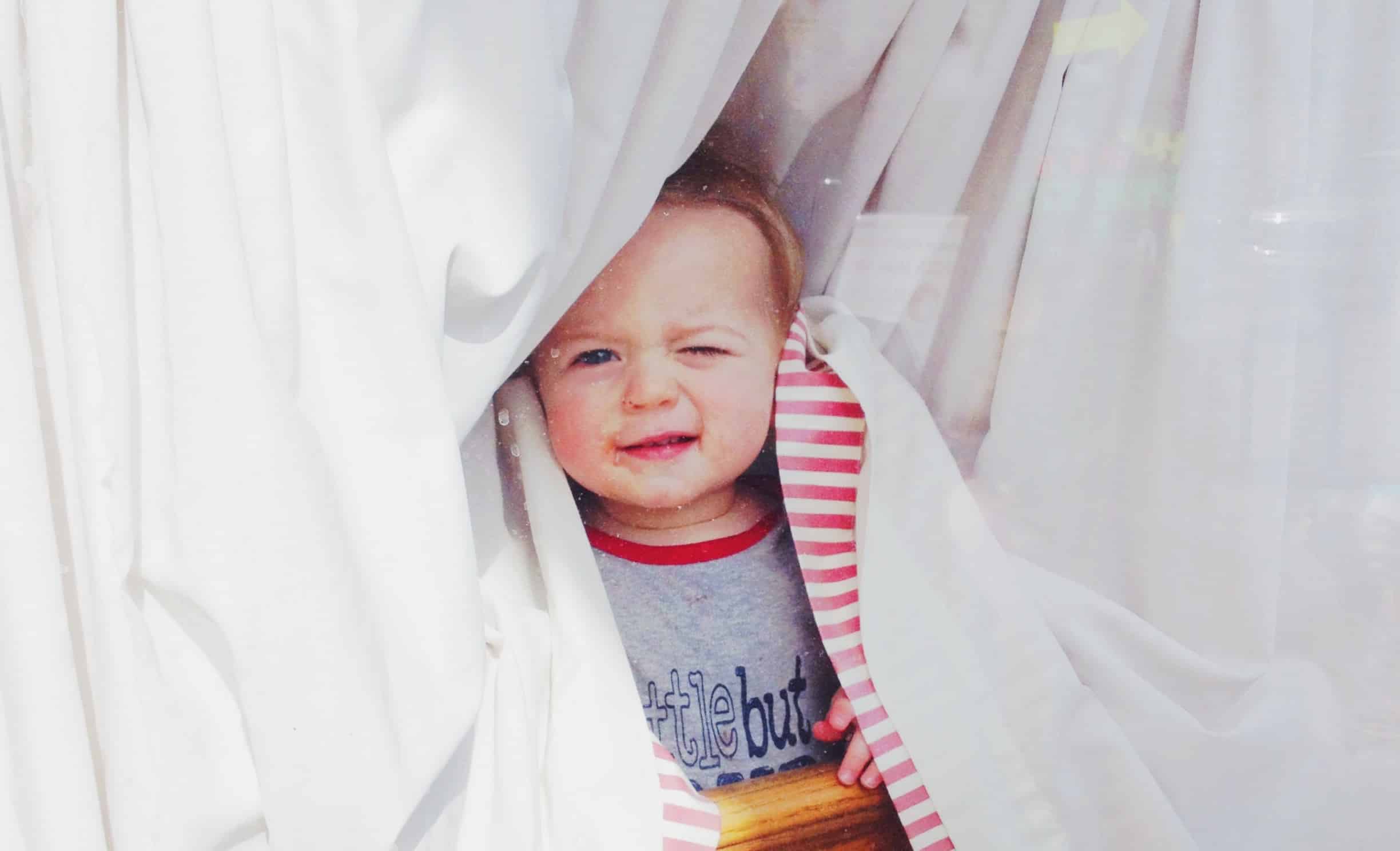Baby Communication Tips. Professional Help to Support Your Baby's Skills.
Every parent waits for the moment when their baby will respond and communicate with them for the first time. Communication can happen in actions or with sounds that our baby makes, and when communication with our baby takes place, we are filled with happiness and joy.
As soon as our baby's environment (us) provides him with the appropriate stimulation and responds to his innate responses, a system of interactions begins to form – this is what we call baby communication.
When a baby is born, he starts to communicate with his environment about his needs, wants and desires, such as hunger / changing needs / heat / cold / panic etc. and in a young age he will usually communicate through crying.
The role of us the parents is to interpret this communication “the crying” and to be sensitive to our baby's needs and try to understand what response or action from our side our baby needs at that exact moment.
Our parenting response is the beginning of the learning phase for our baby. This is when he identifies occurrences and reply with the social system to which he or she was born with.
Eye contact between you and your baby is the most important baby communication factor for the development of your baby’s communication skills. A baby is born with the ability to notice contrasts between light and dark and when we smile at our baby or approach him, he recognizes our facial features and later learns to imitate them and use them.
When a baby is born, we can see that his smile is an involuntary smile which is created by impulses in the lower brain area. Around the age of 8-10 weeks a voluntary smile can be determined when he sees his parent or caregiver. The smile represents a pleasant reaction to the figure in front of him and expresses our baby's satisfaction.
Later you will see your baby respond to the environment by using his voice and this can be expressed in a gurgle, laughter and later in an attempt to imitate sounds he or she hears.
As the environment of our baby produces more and more communication and stimulus with our baby by laughter, singing, voices etc. and while you wait for your baby to respond to these baby communication you will see better communication develop and your baby's desire to respond to what is happening around him will grow and enhance day by day.
Our baby communication connections to his environment are made through the senses, our baby looks at the face of the person in front of him, hears the sounds around him and tries to understand where the touch on his body came from and thus actually begins to get to know himself and his surroundings.
The more we communicate with our baby through several senses in parallel, the more attentive he will be and better communication will develop. The more our baby's environment provides him with security through the various senses, the more he will grow up to be a safer and more communicative baby.
Signs that can indicate a problem or difficulty in communication include unstoppable crying and nervousness, staring into space, inability to focus his gaze and/or turning his head to the sides when attempting to make eye contact, our baby might not reach out his hands, does not smile and more. At later ages our baby or toddler might be drawn to rotating elements, hypnotized to screens, plays with himself for many hours alone, makes no sounds or verbal communication and much more.

The most important tips to enhance baby communication.
Eye contact and deep touch.
It is important that on various occasions during the day you will bring your baby closer to you in a position where he feels safe and where we can make direct eye contact with him for longer periods of time.
Respond to crying.
It is important that the response to our baby's crying will be a sensitive and the correct response – you will need to understand your babies cues and needs every step of his development.
Baby Communication and dialog.
Creating a dialogue with your baby from various distances (while waiting for his reaction) will teach your baby to communicate with those in front of him and his surroundings.
Changing postures regularly.
Minimize prolonged lying on the back, while awake, which can lead to stress and panic in infants.
Minimize external stimuli that create restlessness and over stimuli.
Minimize external stimuli that create restlessness and over stimuli for your baby so that he can learn to be attentive to his environment and create healthy eye contact and communication with those in front of him.
Do not expose your baby to screens as much as possible.
Minimize toys.
Allow your baby to explore a human face or one toy at a time. Studies show that a baby will most often prefer a human face over toys especially at younger ages.
